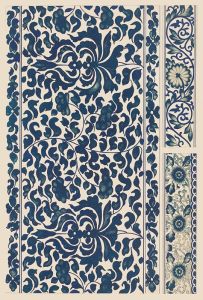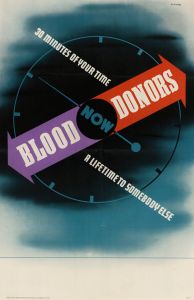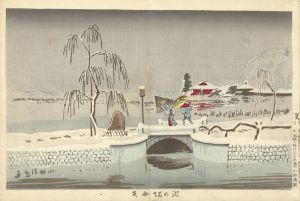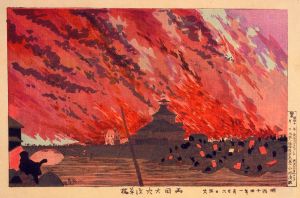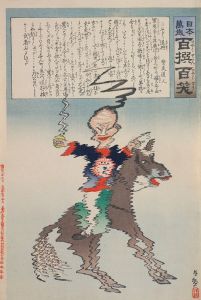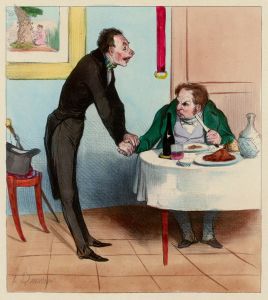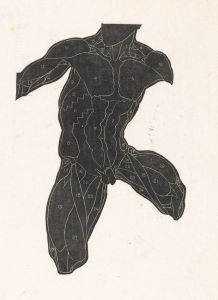
Deadly Treatment of a Big Tooth, from the Series ‘Long Live Japan! One Hundred Selections, One Hundred Laughs’
A hand-painted replica of Kobayashi Kiyochika’s masterpiece Deadly Treatment of a Big Tooth, from the Series ‘Long Live Japan! One Hundred Selections, One Hundred Laughs’, meticulously crafted by professional artists to capture the true essence of the original. Each piece is created with museum-quality canvas and rare mineral pigments, carefully painted by experienced artists with delicate brushstrokes and rich, layered colors to perfectly recreate the texture of the original artwork. Unlike machine-printed reproductions, this hand-painted version brings the painting to life, infused with the artist’s emotions and skill in every stroke. Whether for personal collection or home decoration, it instantly elevates the artistic atmosphere of any space.
"Deadly Treatment of a Big Tooth, from the Series ‘Long Live Japan! One Hundred Selections, One Hundred Laughs’" is a woodblock print created by the Japanese artist Kobayashi Kiyochika (1847–1915). This artwork is part of Kiyochika's satirical series titled "Long Live Japan! One Hundred Selections, One Hundred Laughs" (日本萬歳 百撰百笑, Nihon Banzai Hyakusen Hyakushō), which was produced during the late Meiji period. The series, consisting of humorous and often politically charged prints, reflects Kiyochika's sharp wit and his ability to comment on contemporary events and societal issues through visual satire.
Kiyochika is widely regarded as one of the most innovative artists of the Meiji era (1868–1912), a time of rapid modernization and Westernization in Japan. He is particularly known for his ukiyo-e prints, which often incorporated Western artistic techniques such as perspective and shading. While much of his earlier work focused on landscapes and urban scenes, his later works, including this series, shifted toward social and political commentary.
The specific print, "Deadly Treatment of a Big Tooth," employs humor and metaphor to address an issue or event relevant to the time. Like other works in the series, it likely uses caricature and symbolism to convey its message. However, without additional context or detailed analysis of the imagery, the exact subject matter or target of the satire in this particular print cannot be definitively identified. The series as a whole often critiqued domestic and international politics, cultural changes, and the tensions between tradition and modernization in Meiji Japan.
Kiyochika's satirical series was part of a broader trend in late 19th-century Japanese art and literature, where humor and irony were used to navigate the complexities of a rapidly changing society. The prints were likely intended for a domestic audience familiar with the cultural and political references embedded in the imagery.
As with many works of this nature, the interpretation of "Deadly Treatment of a Big Tooth" may depend on a deeper understanding of the historical and cultural context in which it was created. The print exemplifies Kiyochika's skill in blending traditional Japanese artistic techniques with modern themes, making it a notable example of Meiji-era visual satire.






